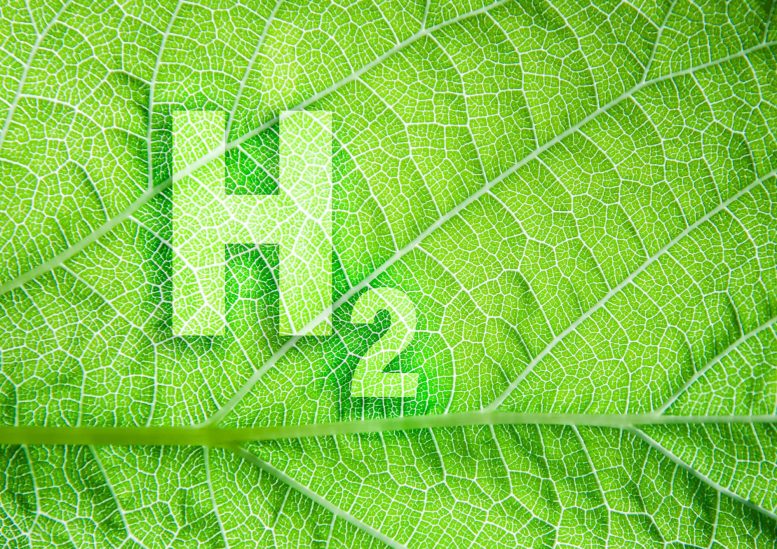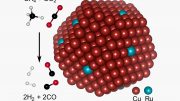
Researchers from the University of Colorado have discovered a more efficient method to produce green hydrogen and syngas using solar energy. This sustainable approach can potentially revolutionize energy use in various industries.
Scientists from the University of Colorado have developed a new and efficient way to produce green hydrogen or green syngas, a precursor to liquid fuels. This breakthrough has the potential to pave the way for a greener approach to energy consumption in sectors such as transportation, steel manufacturing, and ammonia production.
The new study, recently published in the journal Joule, focuses on the production of hydrogen or syngas, a mixture of hydrogen and carbon monoxide that can be converted into fuels like gasoline, diesel, and kerosene. The CU Boulder team lays the groundwork for what could be the first commercially viable method for producing this fuel, entirely using solar energy. That might help engineers to generate syngas in a more sustainable way.
The group was led by Al Weimer, a professor in the Department of Chemical and Biological Engineering.
“The way I like to think about it is someday when you go to the pump you’ll have, for example, unleaded, super unleaded, and ethanol options, and then an additional option being solar fuel, where the fuel is derived from sunlight, water and carbon dioxide,” said Kent Warren, one of two lead authors of the new study and a research associate in Chemical and Biological Engineering. “Our hope is that it will be cost-competitive to the fuels sourced from the ground.”
Traditionally, engineers produce hydrogen gas through electrolysis, or using electricity to split molecules of water into hydrogen and oxygen gas. The team’s “thermochemical” approach, in contrast, uses heat generated by solar rays to complete those same chemical reactions. The methods can also split molecules of carbon dioxide pulled from the atmosphere to produce carbon monoxide.
Scientists had previously shown that such an approach to making hydrogen and carbon monoxide was possible, but might not be efficient enough to produce syngas in a commercially viable manner. In the new study, the researchers demonstrated that they can conduct these reactions at elevated pressures, in part by employing iron-aluminate materials, which are relatively inexpensive and abundant on the Earth. Those higher pressures allowed the team to more than double its production of hydrogen.
Reference: “Pressure-enhanced performance of metal oxides for thermochemical water and carbon dioxide splitting” by Justin T. Tran, Kent J. Warren, Dragan Mejic, Robert L. Anderson, Lucas Jones, Dana S. Hauschulz, Carter Wilson and Alan W. Weimer, 16 August 2023, Joule.
DOI: 10.1016/j.joule.2023.07.016









Send a Big Box of water into top of the Volcano. Once steam starts, bring it down to steal its heat energy. Continue with thousands of Boxes forever like that. And Do not respect Hot springs anymore. Keep stealing their treasure of Heat until they turn Impotent ! We are here to live for few decades. Let the future generations worry about better tactics, such as making trip to godzillions of planets in 1 Hour.
One of the stupidest uninformed posts I’ve ever read!